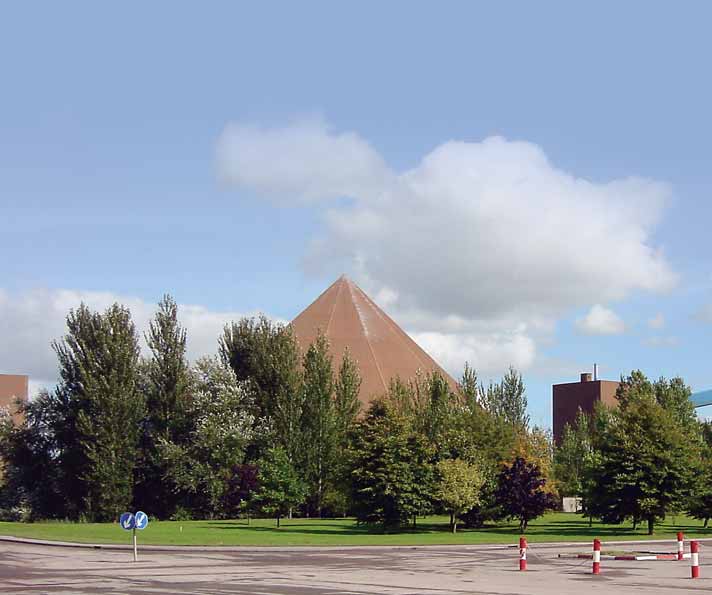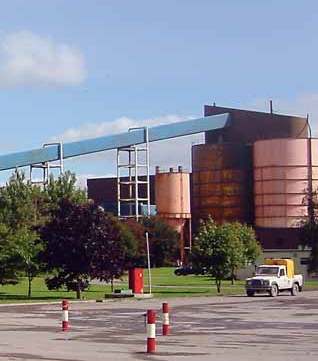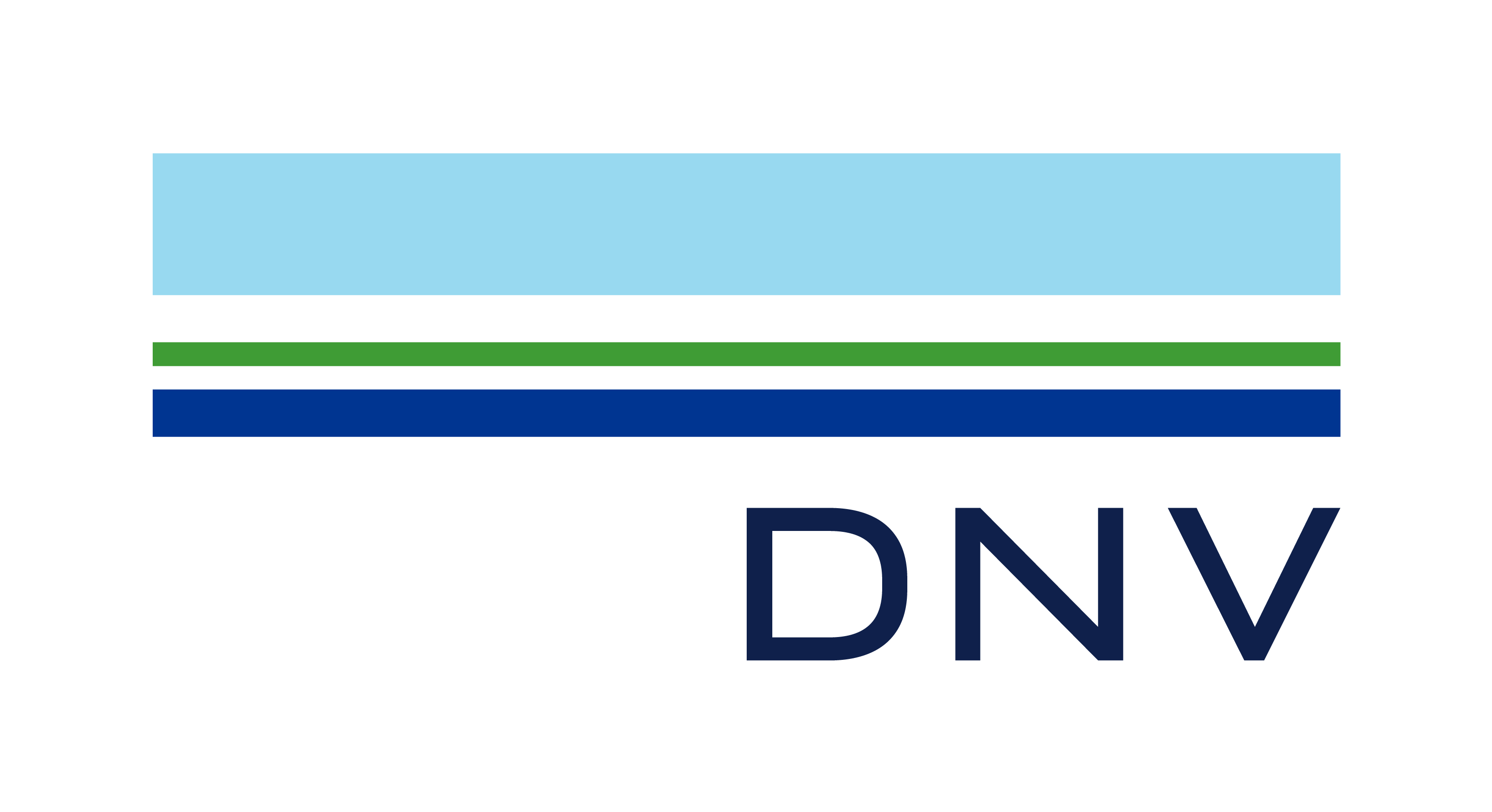
Mining for Excellence
|
Today, Tara Mine is performing extremely well, both in terms of productivity and in Health and Safety management. But according to Tara Mine’s managing director Eero Laatio, it wasn’t always such a positive picture. |
|
|
Located just outside of the town of Navan in the county of Meath, Ireland, the New Boliden’s Tara Mine mine employs around 650 people (supported by a contracted workforce), producing around 2.6 million tones of zinc per year, in addition to some smaller amounts of silver. Zinc production figures are on target, newly explored ore-bodies show great promise. And earlier this year, the mine was awarded a Level 6 ISRS (International Safety Rating System) rating by DNV Consulting UK. This success represents a great improvement over the past. “Not long ago, both production and safety performances gave great cause for concern,” says Boliden Tara Mine’s managing director Eero Laatio. “Our performance was unacceptable, and something had to change.” The mine’s management sought an organisation and safety system that could support their change process, and after some deliberation chose DNV and the ISRS. Mine Safety Superintendent John Grennan recalls safety statistics from that period and reflects on why they chose the ISRS. “In 1999 we had 62 lost time accidents, and in 2000 we had a further 23 -- despite being closed for a five month period,” he says. “We needed structure and direction, and we have got that from the ISRS and DNV.” |
|
|
New Bolidens' Tara Mine in |
|
|
In 2000, management took the brave step of closing down operations for five months to conduct some significant engineering upgrades and to reassess strategy and operating processes. “We realised it was time to start with a fresh perspective,” says Mr Laatio. “The mine was shut-down and the price of zinc crashed, it was not a pleasant picture.” The need for engineering enhancements, coupled with industrial unrest and poor safety performance was crippling the operation. Getting the mine back into productivity was not an easy process, but the ISRS was a key enabler in the delivery of business objectives. “We had our baseline ISRS audit in 2000 and achieved a Level 1,” says John Grennan, “but our management quickly realised that the DNV report was providing us with a route map to improvement.” The mine embarked on a programme of training, systems development and implementation. John Grennan and his safety team, a committed leadership, with the full support of the mine’s employees and safety representatives have all contributed significantly to a period of sound improvement. As the mine’s performance improved, incidences of lost-time accidents were reduced. In 2002, there were 21, in 2003 there were 18, and by the end of August 2004, the mine had recorded only 3 lost-time accidents for the year. The significance of these improvements is well appreciated by the mine management. ”We achieved an ISRS Level 5 in 2003, and a Level 6 this year,” says Mr Laatio. “As our ISRS performance increases, our accidents decrease. This impacts positively on both safety and business performance. Our leadership team now embraces the ISRS as our process for managing risk. Our employees recognise the system is there for their benefit and actively participate in risk assessments, inspections, and other loss control activities. While we did have systems in place previously, we couldn’t benchmark results. The ISRS has given us direction, structure and visible improvement goals.” DNV Consultants Steve Rhodes, Glenn Corr, Nick Jackson and Willie Hamilton have become familiar figures at the Tara Mine and Nick Jackson is very impressed with the mine’s performance. “The system is very inclusive, senior mangers; line supervisors and employees all contribute,” he says. “The element champions are enthusiasts, the leaders are committed and the safety team hugely supportive. Their risk management activities are well structured, in places innovative (the mine has developed an IT system called AIRS (Accident Incident Reporting System) to measure the performance by way of tracking and closing out hazards identified on inspections and accident/incidents), and well implemented, there is no reason at all why Tara Mine cannot achieve even higher levels of ISRS recognition.” The ISRS Level 5 and Level 6 certificates hang prominently on Eero Laatio’s office wall. His secretary Margaret Johnston gave hint to the mine’s ambitions. “I’ve left space for two more certificates,” she says. SAFETY STATISTICS |
|
|
Dates |
Frequency |
Loss Time |
|
January - June 2001 |
20.9 |
12 |
Date: 2004
Author: Joyce Dalgarno
Source: DNV Forum no. 3, 2004




